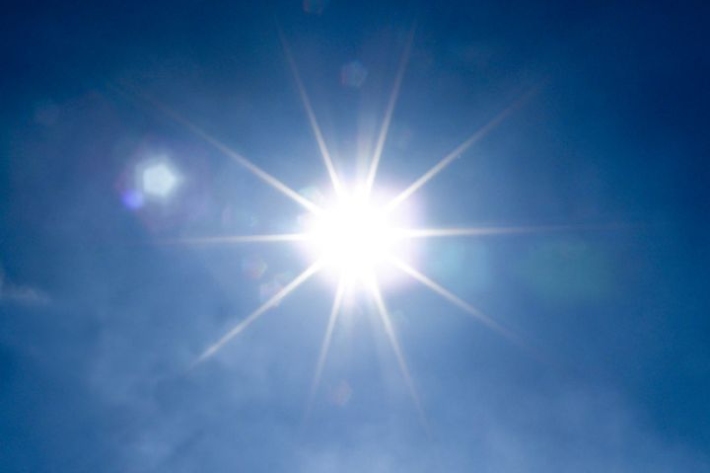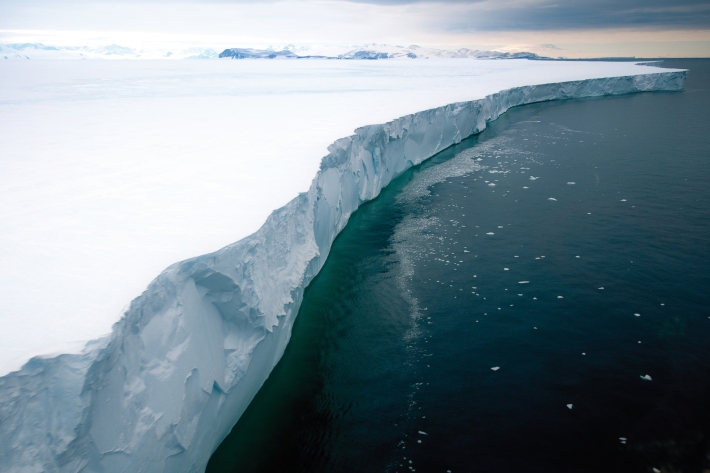-

First winter fisheries survey finds toothfish spawning in the Ross Sea
News article06 July 2016At the edge of the advancing winter sea ice in the Ross Sea, a first-ever winter fisheries survey has uncovered new secrets of the Antarctic toothfish. -

Scientists meet to discuss marine future
Media release30 June 2016Marine scientists are proving they know that it takes good bait to catch a big audience. -

Dear diary: A pioneer of meteorology
Feature story30 June 2016The discovery of diaries of an English missionary living in Northland in the 1800s reveals him as New Zealand’s first meteorologist. -

Warmest start to the year on record
Media release28 June 2016The first six months of 2016 are set to be the warmest ever start to the year, according to NIWA’s long-term seven-station temperature series. -

Record-breaking mid-winter warmth
News article23 June 2016NIWA Meteorologist Ben Noll takes a north-to-south look at the record-breaking warm temperatures experienced by Kiwis during the winter solstice. -

New Zealand reaches climate change milestone
News article07 June 2016An important scientific milestone was reached on a windswept point at the bottom of the North Island this week. -

Scientists to record marine mammals for first time in New Zealand
Media release02 June 2016The sounds made by whales and dolphins as they pass through New Zealand’s Cook Strait are to be recorded for the first time through a research project being undertaken by a NIWA scientist. -

NIWA is seeking citizen scientists to help it document large brown seaweeds in New Zealand
News article27 May 2016Anyone can participate, and all you need is access to the sea, a smartphone or a camera and computer. -

Taxonomy symposium honours leading scientist
News article27 April 2016Taxonomy is one of New Zealand’s most important sciences but its impact is often not widely known nor understood. -

NIWA's Hotspot Watch
Hotspot18 April 2016Across the North Island, soil moisture levels have generally remained the same or decreased slightly when compared to this time last week. -

Massive icebergs threaten NIWA equipment
Media release11 April 2016NIWA may lose valuable scientific equipment after two massive icebergs broke off the Antarctic coastline over the weekend. -

NIWA's Hotspot Watch 1 April 2016
Hotspot01 April 2016Across the North Island, soil moisture levels have generally remained the same or increased when compared to this time last week.
